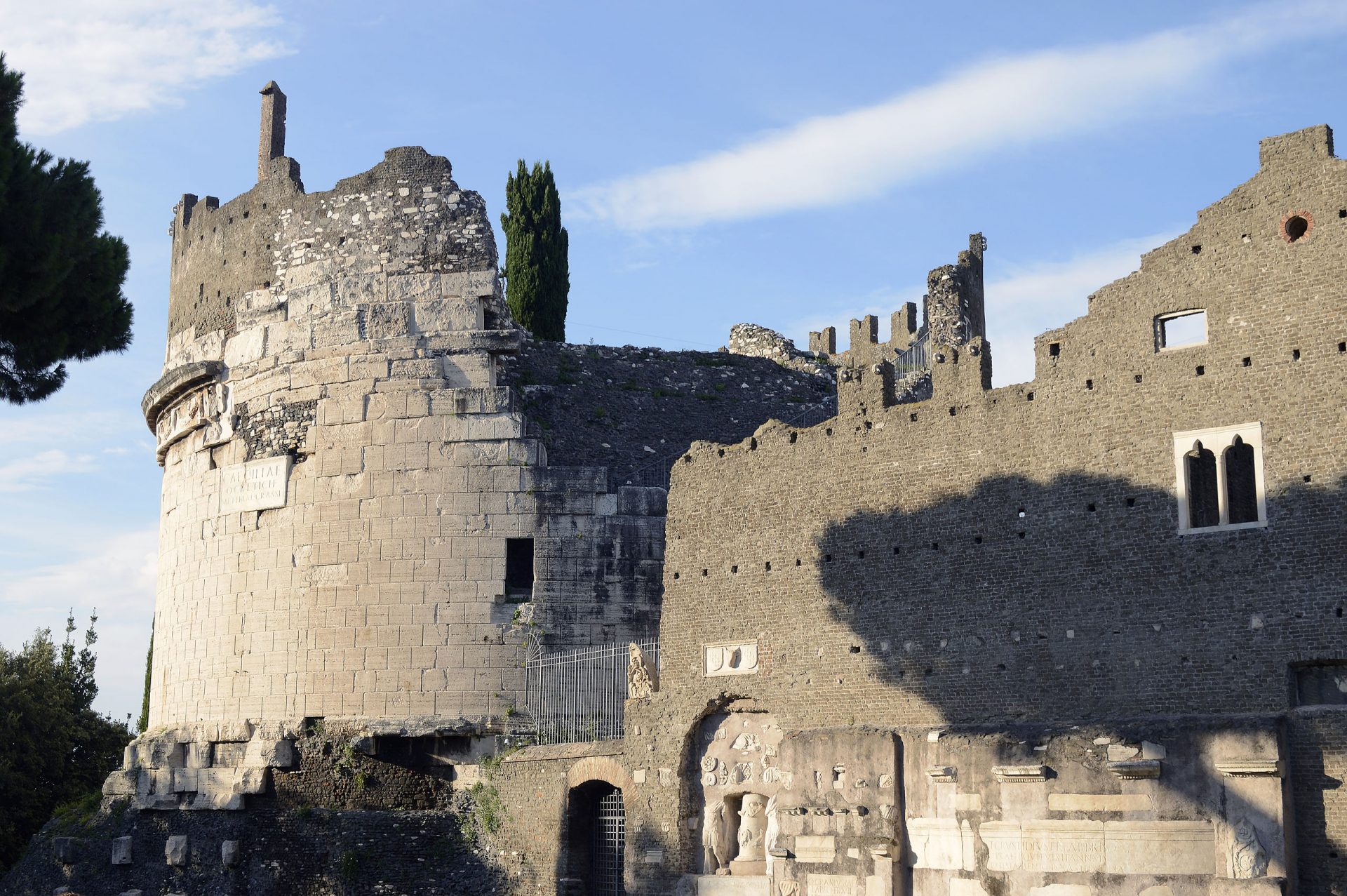2050 year-old Roman tomb offers insights on ancient concrete resilience

New research on ancient Roman concrete inspires durable and sustainable modern constructions
Adapted from a press release by University of Utah . Find the original here.
Concrete often begins to crack and crumble after a few decades of life – but curiously that hasn’t been the case with many Roman structures. The structures are still standing, exhibiting remarkable durability despite conditions that would destroy modern concrete.
One particular structure is the large cylindrical tomb of first-century noblewoman Caecilia Metella. New research from MIT scientists and colleagues published in the Journal of the American Ceramic Society shows that the quality of the concrete of her tomb may exceed that of her male contemporaries’ monuments because of the volcanic aggregate the builders chose and the unusual chemical interactions with rain and groundwater that accumulate over two millennia.
Lead co-authors of the study, Admir Masic, associate professor of civil and environmental engineering at MIT and Marie Jackson, research associate professor of geology and geophysics at the University of Utah, teamed up to understand the mineral composition of the ancient concrete structure.
“Understanding the formation and processes of ancient materials can inform researchers of new ways to create durable, sustainable building materials for the future,” says Masic. “The tomb of Caecilia Metella is one of the oldest structures still standing, offering insights that can inspire modern contruction.”
Located on an ancient Roman road also known as the Appian Way, the tomb of Caecilia Metella is a landmark on the Via Appia Antica. It consists of a rotunda-shaped tower that sits on a square base, in total about 70 feet (21 m) tall and 100 feet (29 m) in diameter. Built about 30 BCE, at the transformation of the Roman Republic to the Roman Empire, led by Emperor Augustus, in 27 BCE, the tomb is considered one of the best preserved monuments on the Appian Way.
Caecilia herself was a member of an aristocratic family. She married into the family of Marcus Crassus, who formed a famous alliance with Julius Caesar and Pompey.
“The construction of this very innovative and robust monument and landmark on the Via Appia Antica indicates that she was held in high respect,” says Jackson “and the concrete fabric 2,050 years later reflects a strong and resilient presence.”
Read full article on MIT News.
Share on Bluesky


